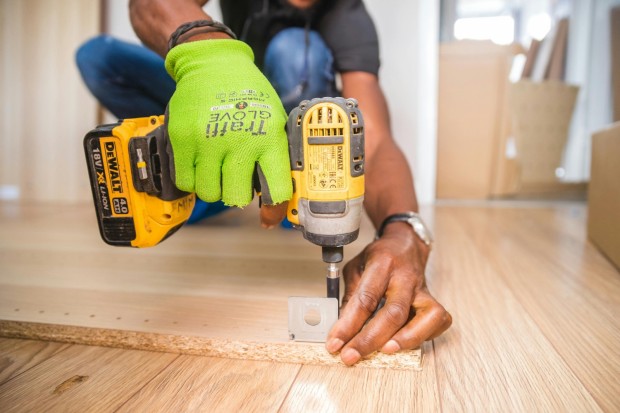Mass timber, specifically southern yellow pine, is taking center stage in the construction of the prestigious 619 Ponce office project. Anticipated as the most prominent structure crafted from this resilient wood in the Southeastern US, the project exemplifies a groundbreaking fusion of innovation and sustainability in modern construction practices.

(Photo : Pexels/Bidvine )
Construction of Mass Timber Building
When it comes to buildings, the one located at 619 Ponce in the heart of Atlanta is not your typical structure. The columns, beams, and flooring of this structure are made from mass timber, a term that refers to massive pieces of wood glued together. This feature sets it apart from its concrete and steel competitors. In June of 2023, the final mass timber beam for the 619 Ponce building was installed. This structure, which will be more than 100,000 square feet when it opens in 2024, will be home to offices and retail space, including a Pottery Barn location.
As mentioned, 619 Ponce is an initiative spearheaded by SmartLam North America, Georgia-Pacific, Jamestown, a global real estate investment and management firm, and Georgia-Pacific. Its objective is to showcase the feasibility of employing mass timber in extensive construction. It also provides an empirical illustration of how this method diminishes carbon emissions, expedites construction, and enhances site safety compared to conventional steel and concrete structures.
Moreover, although mass timber is conventionally crafted from imported species of wood from Europe or Canada, Jamestown preferred utilizing materials procured closer to the construction site. The company decided to employ southern yellow pine, a form of timber easily accessible in the southeastern region of the United States but had not been utilized to a significant degree in the production of mass lumber. Engaging in the undertaking would require an individual to be ready to innovate and test.
The mass timber beams and floors defined by a building's architects and engineers are formed by SmartLam using the smaller pieces of lumber produced by firms such as Georgia-Pacific. The procedure necessitates fulfilling extremely stringent quality requirements, including wood that is approximately five percent drier than the average construction lumber and that is aesthetically acceptable with a low number of defects or knots.
In addition, the structure prioritizes community integration while employing cutting-edge environmental technologies. Alexandra Kirk, vice president of Real Estate Development at Jamestown, has been particularly delighted with the ground-floor retail space, which enables direct public interaction and is not typically found in bulk timber structures.
Also Read: Rise of Construction Employment Across US Metropolitan Regions
Sustainability of Mass Timber in Construction
Aside from being famously challenging to decarbonize, the cement and steel sectors are notoriously high emitters of greenhouse gases. Reducing the emissions linked with building materials by as much as 26.5% could be accomplished by using mass timber in construction rather than concrete and steel. By providing financial incentives for the removal of trees with a small diameter that pose a risk of wildfire, ass timber can help to encourage proper forest management.
On the other hand, even though global deforestation remains an urgent issue, the forest land base in the United States has remained relatively stable over the past century. Thus, procuring timber nationally can enhance transparency regarding sustainability. The sources of sustainable mass timber are openly disclosed and come from forests maintained responsibly to preserve biodiversity, water quality, and historic old-growth trees. Accordingly, trees with a smaller diameter and lower economic desirability can provide a mass supply of lumber. The practice of 'thinning' such trees regularly, which is already done as a fire prevention precaution, can sustainably supply fiber for mass timber production if carried out appropriately.
Related Article: Eco-Friendly Construction: How Silviculture and Mass Timber Are Revolutionizing Sustainable Buildings







